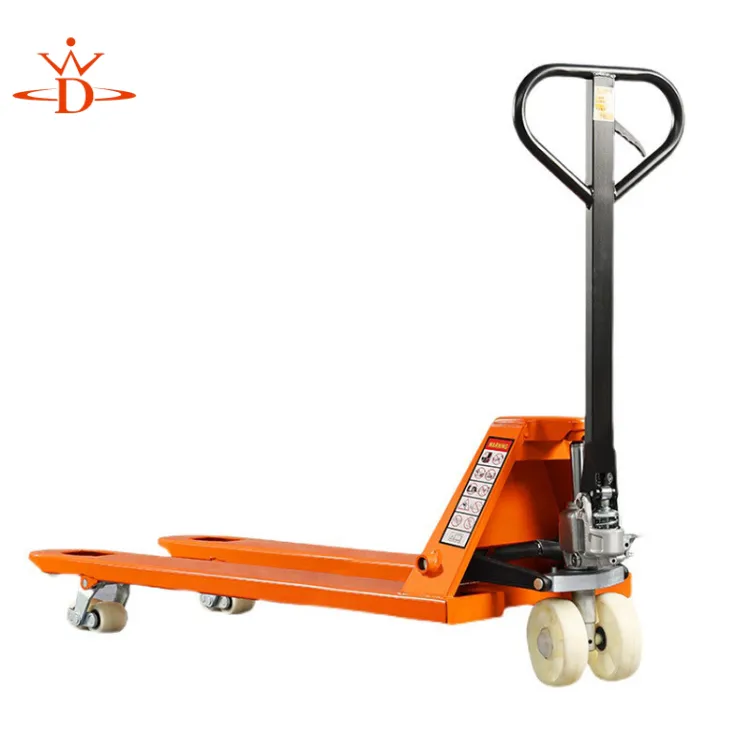Exploring Innovations in Light Duty Gantry Systems for Enhanced Efficiency and Versatility
Light Duty Gantry An Essential Tool for Modern Industry
In today’s rapidly advancing industrial landscape, efficiency and flexibility are paramount. Among the various tools designed to enhance productivity, the light duty gantry has emerged as an indispensable asset across a multitude of applications. This article explores the features, benefits, and applications of light duty gantries, highlighting their significance in modern work environments.
Understanding Light Duty Gantries
A light duty gantry is a type of freestanding frame that supports a hoist or other lifting mechanisms
. These structures are usually made from lightweight materials such as aluminum or light steel, making them easy to maneuver while still maintaining strength and stability. Unlike heavy duty gantries, which are designed for more substantial load capacities, light duty gantries are suited for lighter applications, typically lifting loads ranging from a few hundred to a couple of thousand pounds.These gantries come in various designs, including adjustable height options, fixed structures, and mobile versions equipped with wheels or casters. This versatility allows operators to utilize them across different settings, from manufacturing facilities to construction sites and even workshops.
Benefits of Light Duty Gantries
1. Mobility The lightweight nature of these gantries, especially the mobile variants, allows for easy relocation. This feature is particularly beneficial in dynamic work environments where tasks may shift frequently, necessitating equipment to be moved and repositioned with minimal effort.
2. Cost-Effective Light duty gantries are generally more affordable than their heavy duty counterparts, making them an attractive option for small to medium-sized businesses or specific projects with budget constraints. Their lower initial investment and versatility can lead to significant cost savings in the long run.
light duty gantry

3. Ease of Assembly Many light duty gantries are designed for quick assembly and disassembly, often requiring no specialized tools. This ease of setup enables teams to get to work faster, maximizing operational efficiency.
4. Space Saving With their lightweight and often adjustable design, light duty gantries can be employed in limited spaces. Their ability to be easily moved or stored when not in use makes them ideal for operations where space is a premium.
5. Adaptability Whether lifting engines, moving materials, or facilitating assembly processes, light duty gantries can adapt to a range of tasks. The use of compatible hoists and attachments expands their functionality, allowing them to meet various lifting needs.
Applications Across Industries
Light duty gantries find utility in diverse sectors, including manufacturing, automotive repair, warehousing, construction, and technology. In manufacturing, they support assembly lines by allowing for the easy movement of components. In automotive repair shops, they are essential for lifting engines and heavy machinery.
Construction sites benefit from light duty gantries as they can help in lifting and positioning materials without the need for larger cranes, which may be overkill for smaller tasks. In warehouses, they assist in managing stock and inventory, enabling better organization and accessibility.
Conclusion
In conclusion, the light duty gantry is a pivotal tool that embodies the spirit of innovation and efficiency in contemporary industry. With their unique blend of mobility, affordability, and adaptability, these gantries facilitate a variety of tasks across different sectors. As industries continue to evolve and adapt to new challenges, light duty gantries stand out as a reliable solution that enhances productivity and streamlines operations. Whether you are in manufacturing, construction, or any field requiring lifting capabilities, integrating a light duty gantry into your workflow can yield significant benefits, making it an investment worth considering for future growth and efficiency.
-
Unlock Seamless Relocation with Our Heavy Equipment Moving ExpertiseNewsJun.06,2025
-
Unleash Unrivaled Flexibility with Our Adjustable Gantry CraneNewsJun.06,2025
-
Unleash Heavy-Duty Efficiency with Our Industrial Gantry Crane SolutionsNewsJun.06,2025
-
Revolutionize Steel Handling with Our Magnetic Lifter RangeNewsJun.06,2025
-
Master Equipment Mobility with Premium Machinery Mover SolutionsNewsJun.06,2025
-
Elevate Your Material Handling with Magnetic Lifter TechnologyNewsJun.06,2025
-
YS Permanent Lifting Magnets: The Smarter Way to Handle SteelNewsMay.22,2025
